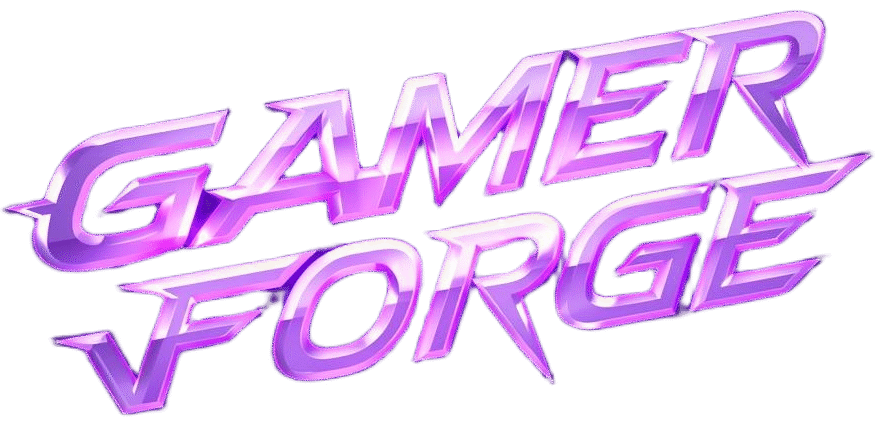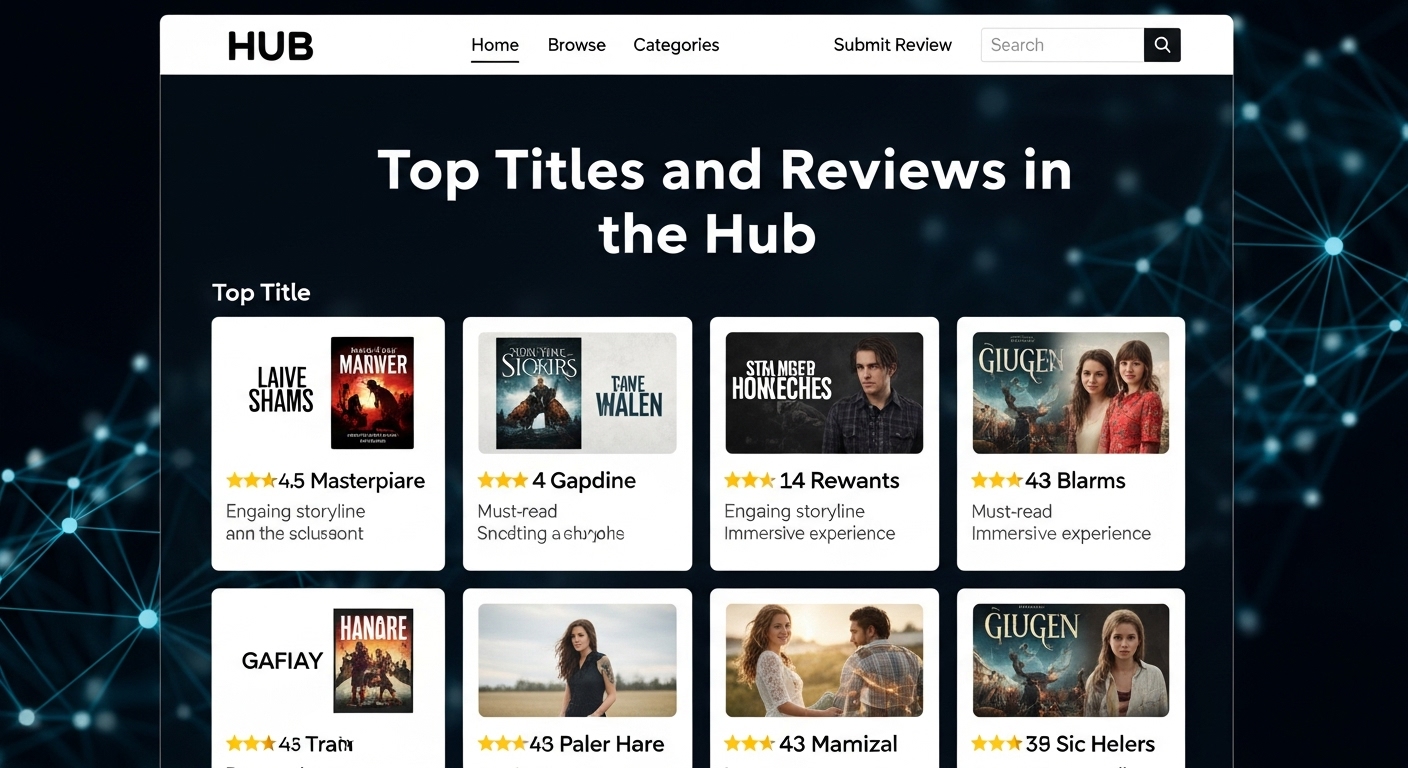Introduction
Have you ever dreamed of designing your own game? From mobile apps to PC and console hits, creating a game is both challenging and rewarding. This beginner’s guide walks you through the fundamentals of game development, from planning to execution.
1. Understanding Game Development Basics
- Core Components: Story, mechanics, characters, graphics, audio, and UI/UX design.
- Game Genres: Decide on genre—RPG, FPS, strategy, simulation, or casual mobile game.
- Platform Choice: PC, console, mobile, or cross-platform deployment.
Pro Tip: Start with a simple game concept to learn development fundamentals before tackling complex projects.
2. Planning Your Game
- Concept & Story: Create a compelling narrative, goal, or challenge.
- Game Mechanics: Define rules, scoring, progression, and player interaction.
- Art & Audio Style: Decide on visuals, animation style, and sound design.
- Timeline & Milestones: Set achievable targets to track progress.
Pro Tip: Sketch ideas and flowcharts to visualize gameplay and mechanics.
3. Choosing the Right Tools
- Game Engines: Unity, Unreal Engine, Godot, and GameMaker Studio for beginners and advanced developers.
- Graphics Tools: Blender, Photoshop, or Aseprite for 2D and 3D assets.
- Audio Tools: Audacity, FL Studio, or Bfxr for sound effects and music.
- Code Editors: Visual Studio, VS Code, or built-in engine editors.
Pro Tip: Start with beginner-friendly engines like Unity or Godot to learn coding and design simultaneously.
4. Learning Basic Programming & Scripting
- Languages: C# (Unity), C++ (Unreal), GDScript (Godot), or Python for simple games.
- Core Concepts: Variables, loops, functions, events, and collision detection.
- Asset Integration: Connect sprites, models, audio, and animations to game logic.
Pro Tip: Focus on small projects to practice coding principles before building full-scale games.
5. Building Your Game Prototype
- Start Simple: Create a playable version with basic mechanics and minimal assets.
- Iterate Frequently: Test mechanics, get feedback, and refine.
- Focus on Core Gameplay: Ensure the game is fun even in its simplest form.
Pro Tip: A prototype helps identify flaws early, saving time and resources later.
6. Playtesting & Feedback
- Internal Testing: Play yourself and identify issues.
- Peer Testing: Share with friends or online communities for feedback.
- Iteration: Adjust difficulty, mechanics, and UI based on feedback.
Pro Tip: Be open to criticism—it’s essential for creating a polished final product.
7. Publishing & Distribution
- Platforms: Steam, Itch.io, Google Play, Apple App Store, or consoles.
- Marketing: Social media, trailers, and community engagement for visibility.
- Updates & Support: Post-launch updates based on player feedback enhance retention.
Pro Tip: Start with small indie releases to learn the publishing process before aiming for major platforms.
8. Benefits of Creating Your Own Game
- Creative Expression: Bring your ideas to life through storytelling and gameplay.
- Skill Development: Coding, design, problem-solving, and project management skills.
- Community Recognition: Showcase your work to a global audience.
- Professional Opportunities: Game development can lead to career paths or indie success.
Conclusion
Creating your own game is a journey of learning, creativity, and perseverance. With the right planning, tools, coding skills, and iterative feedback, beginners can develop games that entertain, challenge, and inspire.

